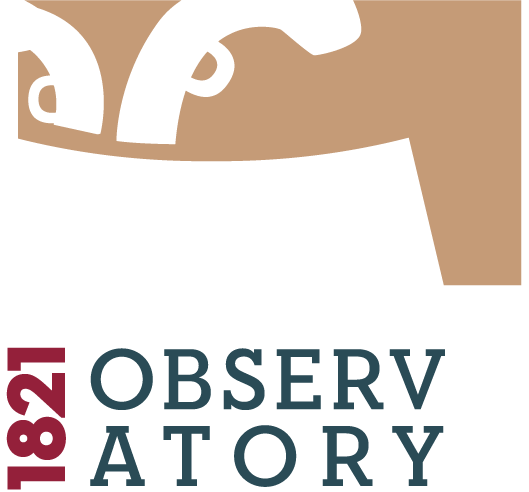1821 and the theatre: From mythification to demythification
Item
Title
1821 and the theatre: From mythification to demythification
List Of Authors
Creator
Spatial Coverage
Subject - keywords
Date
September 2020
Abstract
Walter Puchner’s book “1821 and the theatre: From mythologizing to demythologizing” gives an overall picture of the fate of the heroic epic and its protagonists in the European and Greek theatre, until the beginning of the 21st century.
It is based on many years of research in European and Greek libraries and archives, as well as several preliminary works. It is basically divided into three parts:
1) The story of the involvement of the theatre in the preparatory phase of the struggle and the participation of the amateur actors of the Greek stages in Bucharest, Iași and Odessa, as freedom fighters in the first phases of the struggle in Moldovaˑ
2) An analysis of examples from the European dramaturgy of philhellenism during the struggle and after;
3) Description of Greek dramaturgy with the theme of 1821, from the beginning of the patriotic drama (Evanthia Kairis’ “Nikiratos” in 1826) through the poetic tragedies by Panagiotis Soutsos and the mass dramatisation of the university dramatic games, to the first attempts to demythologise the events of the struggle in the 20th century.
The analysis includes both precursor figures, such as Konstantinos Palaiologos and Rigas Velestinlis, and influential figures after the struggle, such as Kapodistrias. The theme of 1821 is also followed in the heroic performances of Karagiozis and the theatrical events in the school celebrations of March 25.
The historical hoe also discovers important findings, such as the hidden performance of “Konstantinos Palaiologos” by Zampelios in Constantinople itself in the winter of 1820/21. The Turks discovered the performance, actors and spectators managed to escape, but the owner of the hall, a pharmacist from Pera, was beheaded in front of his shop.
(Edited and translated blurb from publisher’s website)
It is based on many years of research in European and Greek libraries and archives, as well as several preliminary works. It is basically divided into three parts:
1) The story of the involvement of the theatre in the preparatory phase of the struggle and the participation of the amateur actors of the Greek stages in Bucharest, Iași and Odessa, as freedom fighters in the first phases of the struggle in Moldovaˑ
2) An analysis of examples from the European dramaturgy of philhellenism during the struggle and after;
3) Description of Greek dramaturgy with the theme of 1821, from the beginning of the patriotic drama (Evanthia Kairis’ “Nikiratos” in 1826) through the poetic tragedies by Panagiotis Soutsos and the mass dramatisation of the university dramatic games, to the first attempts to demythologise the events of the struggle in the 20th century.
The analysis includes both precursor figures, such as Konstantinos Palaiologos and Rigas Velestinlis, and influential figures after the struggle, such as Kapodistrias. The theme of 1821 is also followed in the heroic performances of Karagiozis and the theatrical events in the school celebrations of March 25.
The historical hoe also discovers important findings, such as the hidden performance of “Konstantinos Palaiologos” by Zampelios in Constantinople itself in the winter of 1820/21. The Turks discovered the performance, actors and spectators managed to escape, but the owner of the hall, a pharmacist from Pera, was beheaded in front of his shop.
(Edited and translated blurb from publisher’s website)
Type specialization
Format
Data sets
Language
Number Of Pages - Duration
530
Rights
All Rights Reserved
Item sets
Position: 9638 (46 views)
